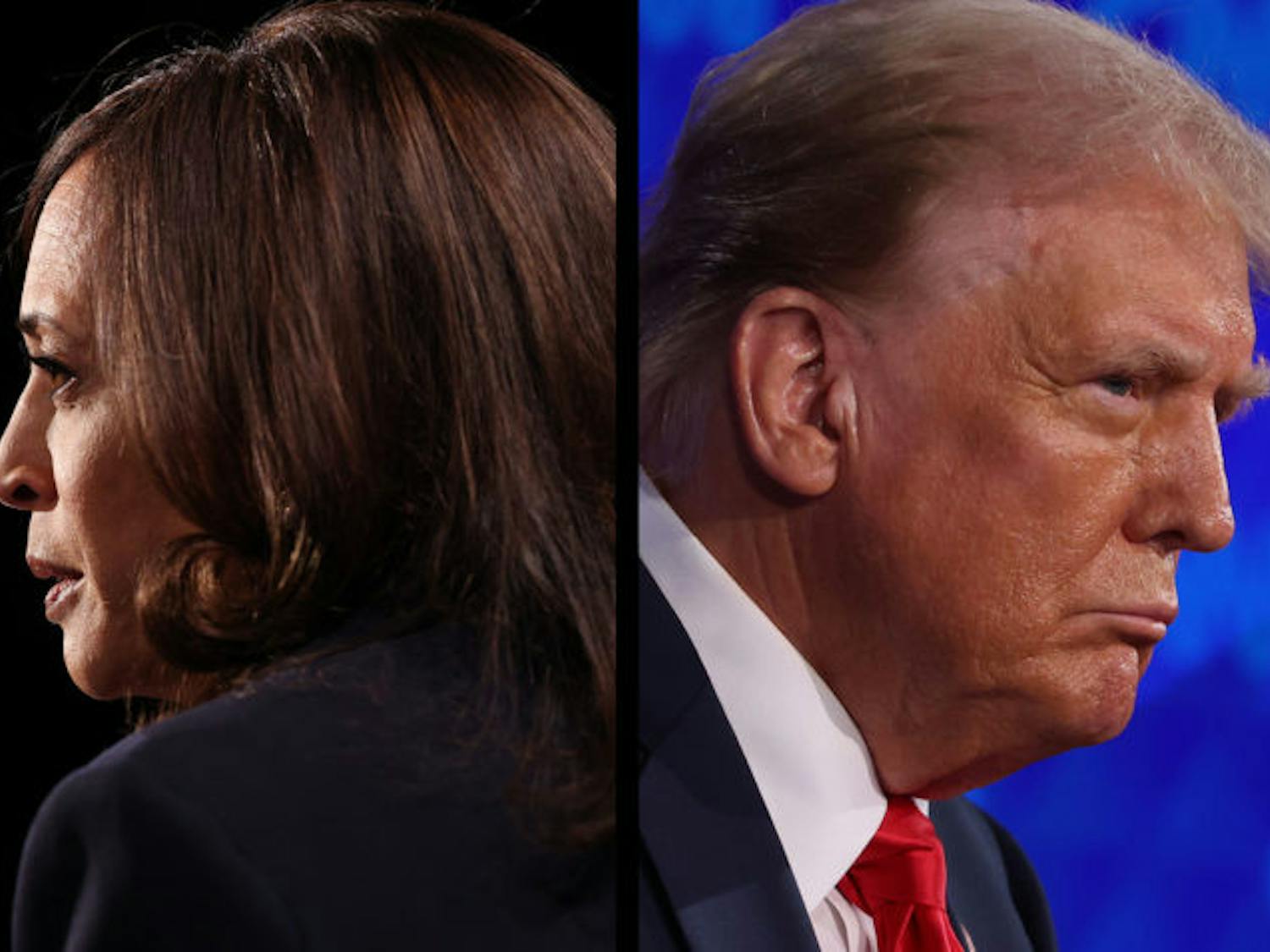For those football fans out there they can all rejoice that another football league is up and running.
The Alliance of American Football (AAF) debuted last night as a developmental league for the NFL, but independently run.

If you are not a football fan hope for an early spring since football will be on cable for the next ten weeks.
Those die hard fans probably watched the practice games, but I was more hesitant to see what opening night would look like for the league.
As a life-long football fan I hoped this would not be another nose-dive type idea like the Xtreme Football League was in the early 2000's and could be again upon its revival in 2020.
The AAF is run and staffed by a whole roster of successful business personnel, NFL Alumni and even a few Hall of Fame (HOF) alumni.
The league was co-founded by Charlie Ebersol (a successful sports video executive producer) and Bill Polian (the only six-time NFL executive of the year award winner and NFL HOF).
Also on staff are notable NFL players such as Troy Polamalu as Head of Player Relations, Justin Tuck and Jared Allen Player Engagement Board of Advisors and many other alums in smaller roles.

Opening Night Results Passed the Test
Opening night featured two games broadcast on national prime-time television.
The television production was nearly flawless and pleased the viewers with no timeouts specifically for commercials from sponsors, only split screen when a timeout was called on the field or the quarter changed.
San Diego traveled to San Antonio and Atlanta traveled to Orlando.
The San Antonio Commanders edged the San Diego Fleet 15-6 by a good defense and making less mistakes on offense.
Logan Woodside, Commanders quarterback, led his offense to score the only touchdown of the game as both defenses were eager to shine.
Mike Bercovici, Fleet quarterback, showed grit and moments of great throws, but ultimately was replaced in the fourth quarter.
Both running games featured impressive gains, but pressure to produce led each quarterback to throw a majority of the time.
Meanwhile, the other game of the night was the Orlando Apollos whooping the Atlanta Legends 40-6 in the less competitive game.
Garrett Gilbert, Apollos quarterback, led his team to an impressive victory of 34 points.
Matt Simms, Legends quarterback, struggled similar to the woes of San Diego where the defense was better than the offense.

Atlanta Legends. Photo via Wikipedia. 
Birmingham Iron. Photo via Wikipedia. 
Memphis Express. Photo via Wikipedia. 
Orlando Apollos. Photo via Wikipedia. 
Arizona Hotshots. Photo via Wikipedia. 
San Antonino Commanders. Photo via Wikipedia. 
Salt Lake Stallions. Photo via Wikipedia. 
San Diego Fleet. Photo via Wikipedia.
How is it Different from the NFL?
Here's a simplified list of how it differs:
- NFL commercial breaks, AAF limited total breaks and none are commercial based.
- NFL for profit league, AAF a development league for players to work up to the NFL from or get back to the NFL from being cut.
- NFL uses officials and officials consultants to decide calls, AAF uses both plus SkyJudge an in-depth technology to help correct calls real time.
- NFL extra points or two point conversion, AAF only two point conversion to increase competitiveness.
- NFL kickoffs, AAF no kickoffs only punts to help encourage faster play and safety.
- NFL 45 second play clock, AAF 35 second play clock to encourage faster tempos and shorter games.
- NFL overtime same as regular play, but scoring restrictions, AAF both teams get one set of downs starting 1st and Goal to score a touchdown and two point conversion. If the teams have the same score after one possession each then it is a tie, otherwise the team with more points wins.
- NFL 32 teams on a 17 week schedule, AAF 8 teams on a 10 week schedule.
- NFL players earn a range of salaries, AAF all start with a $250,000 dollar contract they earn over 3 years with opportunity for bonuses for good play and community service achievements.







